Helen Keller Day is not just a commemoration of the remarkable life of Helen Keller but also a call to action to support and empower the visually impaired community. In India, various schemes and institutes are dedicated to enhancing the quality of life for those with visual impairments. Here, we highlight the importance of Helen Keller Day, the significance of supporting the visually impaired, and five key schemes and institutions making a difference.
The Importance of Helen Keller Day
Helen Keller Day, celebrated on June 27th, honours the legacy of Helen Keller, who overcame the dual challenges of being deaf and blind to become an author, political activist, and lecturer. Her life exemplifies the potential within every individual, regardless of their disabilities. This day serves as a reminder of the ongoing efforts needed to support the visually impaired and to advocate for their rights and inclusion in society.
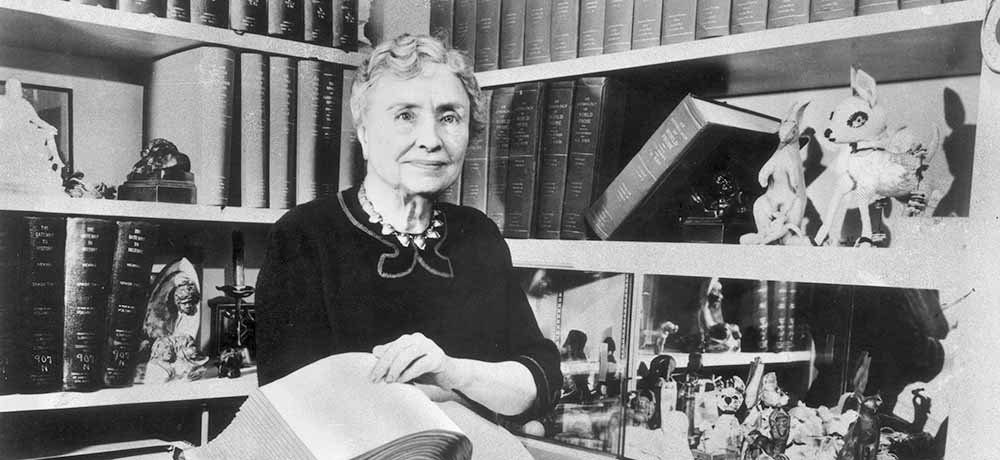
Image Source: helenkellerintl.org
The Significance of Supporting the Visually Impaired
Support for the visually impaired is crucial for their integration into mainstream society. With the right resources, training, and opportunities, visually impaired individuals can lead fulfilling and independent lives. Empowering this community involves not only providing medical and technological support but also promoting social inclusion and accessibility in all spheres of life.
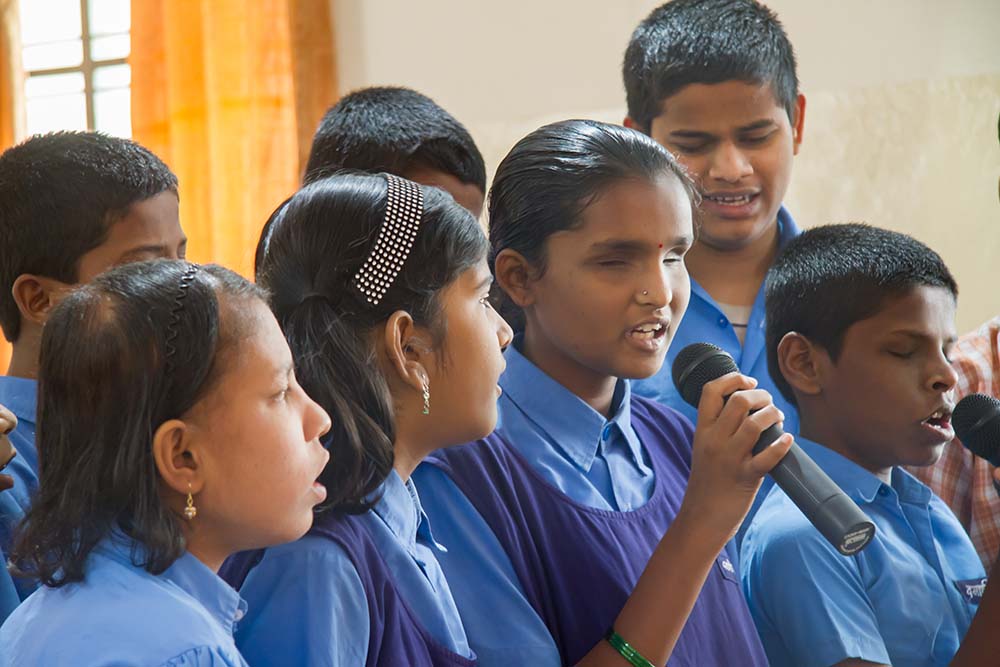
Image used for representational purposes only.
Schemes for the Visually Impaired
ADIP Scheme: Assistance to Disabled Persons for Purchase/Fitting of Aids and Appliances
Overview: The ADIP Scheme, initiated by the Ministry of Social Justice and Empowerment, Government of India, aims to assist disabled persons in acquiring standard aids and appliances to improve their economic conditions. This scheme enhances the physical, social, and psychological rehabilitation of individuals with disabilities by providing suitable, durable, and technologically advanced appliances.
Impact: The scheme empowers people with disabilities by providing them with modern, scientifically manufactured aids and appliances.
National Programme for Control of Blindness (NPCB)
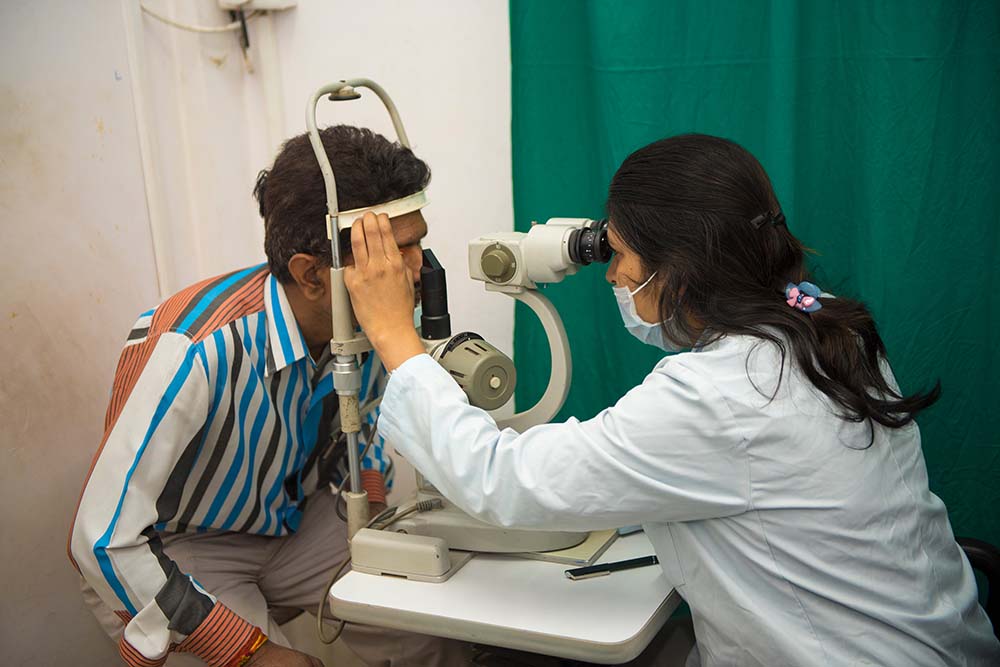
Image used for representational purposes only.
Overview: Established in 1976, the NPCB focuses on preventing blindness and providing comprehensive eye care services across India.
Impact: The program has been instrumental in reducing the prevalence of blindness through initiatives like cataract surgery camps, vision screening in schools, treatment of childhood blindness including retinopathy of pre-maturity (ROP) and more.
Deendayal Disabled Rehabilitation Scheme (DDRS)

Image used for representational purposes only.
Overview: This scheme supports projects aimed at rehabilitating persons with disabilities, including those with visual impairments, through NGOs and other voluntary organisations.
Impact: DDRS provides funding for education, vocational training, and rehabilitation services, enabling visually impaired individuals to achieve self-reliance and economic independence.
Institutions for the Visually Impaired
National Institute for Empowerment of Persons with Visual Disabilities (NIEPVD)
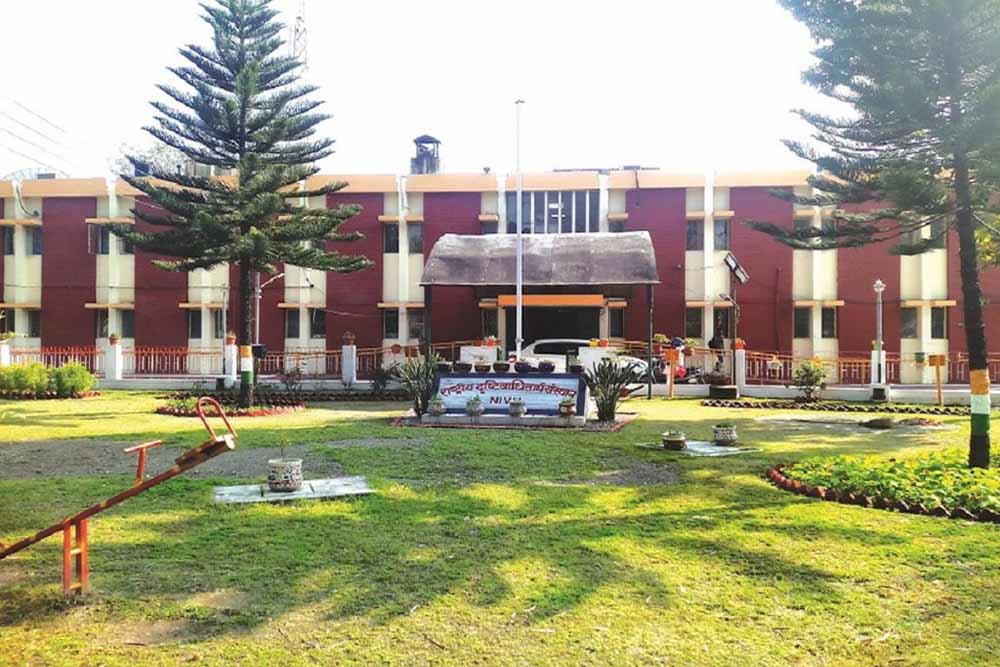
Image Source: nivh.gov.in
Overview: Based in Dehradun, NIEPVD is a premier institute dedicated to the empowerment of persons with visual disabilities through education, training, and research.
Impact: The institute offers a range of services, including skill development programs, rehabilitation services, and vocational education, thereby enhancing the capabilities and independence of the visually impaired.
National Association for the Blind (NAB)
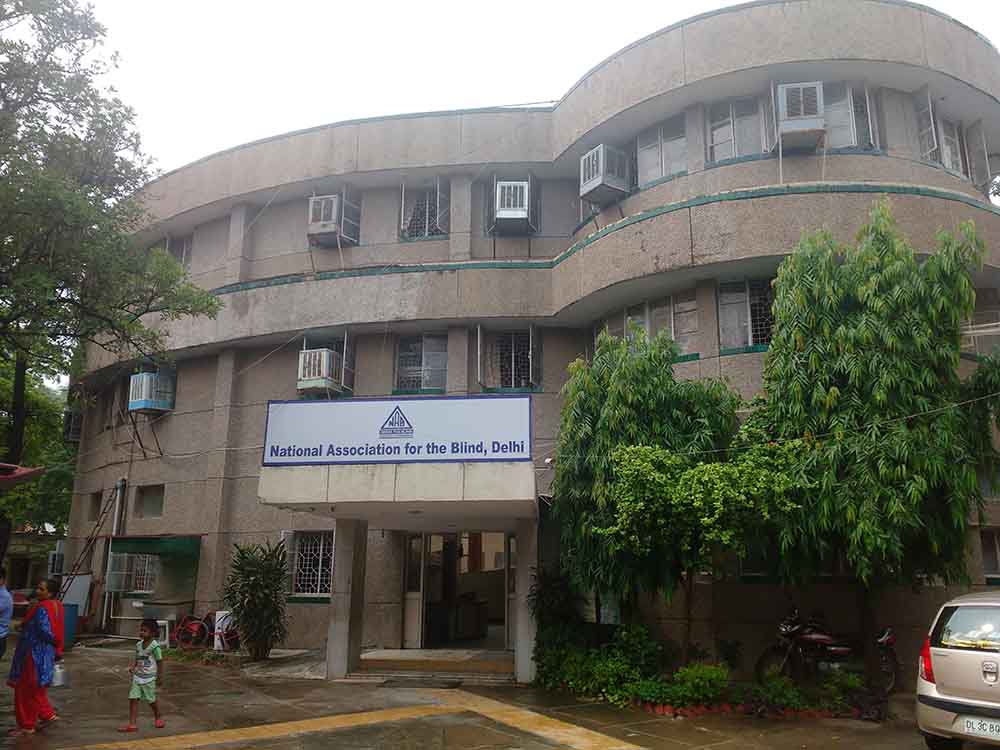
Image Source: Linkedin/nabdelhi
Overview: NAB is one of the largest voluntary organizations in India dedicated to the welfare of visually impaired individuals.
Impact: With branches across the country, NAB provides education, vocational training, and employment opportunities to the visually impaired, along with advocacy for their rights and social inclusion.
Indian Association for the Blind (IAB)

Image Source: theiab.org
Overview: Located in Madurai, Tamil Nadu, IAB is committed to empowering visually impaired individuals through education, vocational training, and employment opportunities.
Impact: IAB runs various programs to support the visually impaired, including schools, colleges, and vocational training centres, promoting their independence and social integration.
While these schemes and institutions have made significant strides in supporting the visually impaired, there is still a long way to go. Raising awareness about the challenges faced by this community and advocating for their rights is essential. Increased public and private sector involvement, along with continued innovation in assistive technologies, can further empower visually impaired individuals, ensuring they have equal opportunities to succeed.